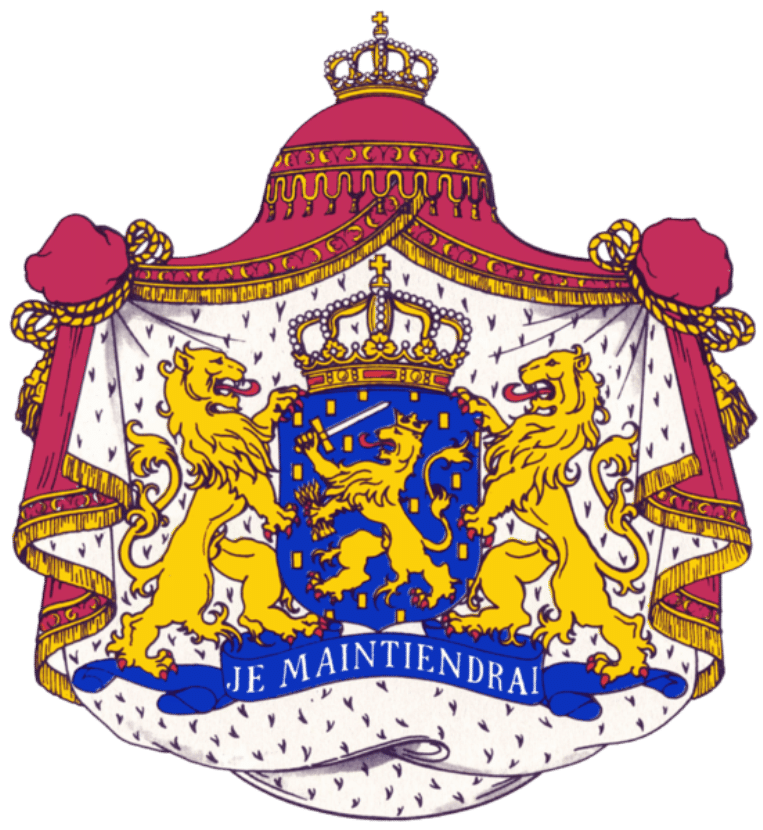
In this article we will talk a little about the Orange-Nassau House (Dutch: Huis van Oranje-Nassau), a branch of the House of Nassau that has played a central role in the history of the Netherlands, and of Europe.
The father of the Dutch homeland is William of Orange, also known as William the Taciturn who led the revolt of the Dutch against Spanish rule and that after more than eighty years of war led to the creation of an independent state known as the United Provinces.
Several members of the House of Orange-Nassau participated in the war and later during independence as governors or statutes, but it was in In 1815, after a period as a theoretical republic the Netherlands became a monarchy ruled by members of the House of Orange.
The Orange-Nassau dynasty was established as the result of the wedding between Henry III of Nassau-Breda of the Holy Roman Empire and Claudia de Châlon, from French Burgundy. And his son René de Châlon was the one who first adopted the new family name of Orange-Nassau, William I the Taciturn was his nephew and successor and he became Prince of Orange in 1544, when he was just eleven years old. So Emperor Carlos V (Spain) acted as regent of the principality until Guillermo could take charge of it. Charles V demanded that the heir receive Catholic education and studied under the supervision of Maria of Austria, sister of the emperor and regent of the Habsburg dominions in the Netherlands.
At the end of the XNUMXth century, a member of the Dutch royal family also became king of England taking the name William III, as a result of the Glorious Revolution that expelled James II.